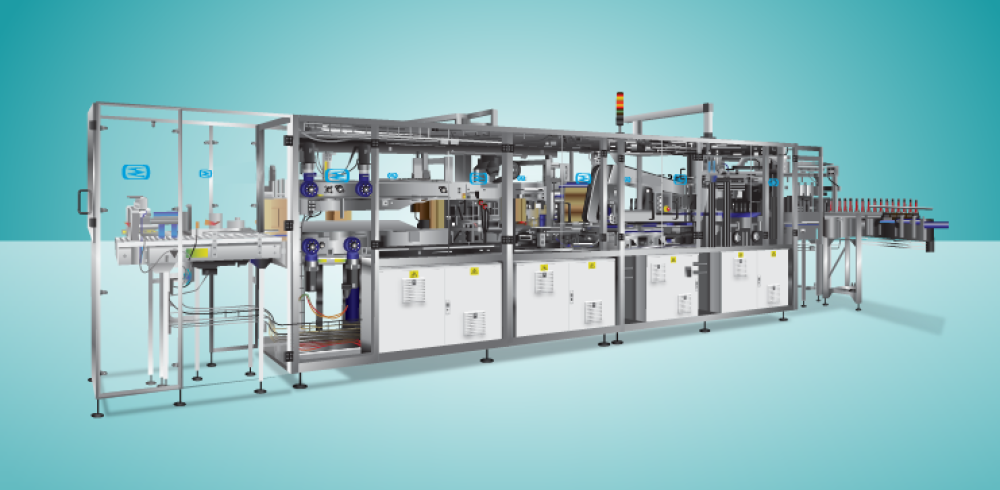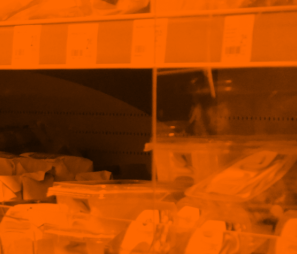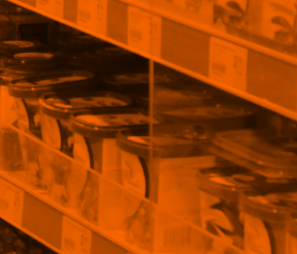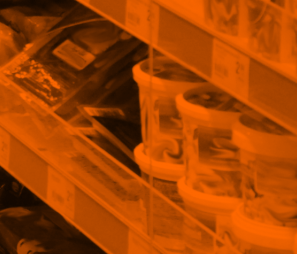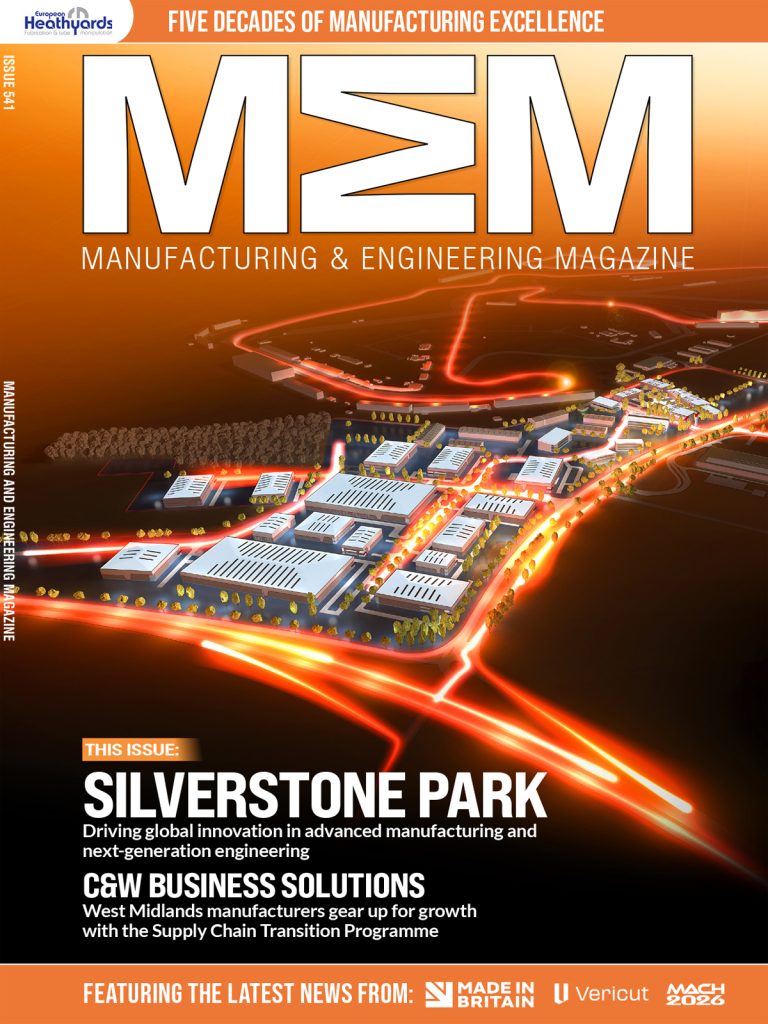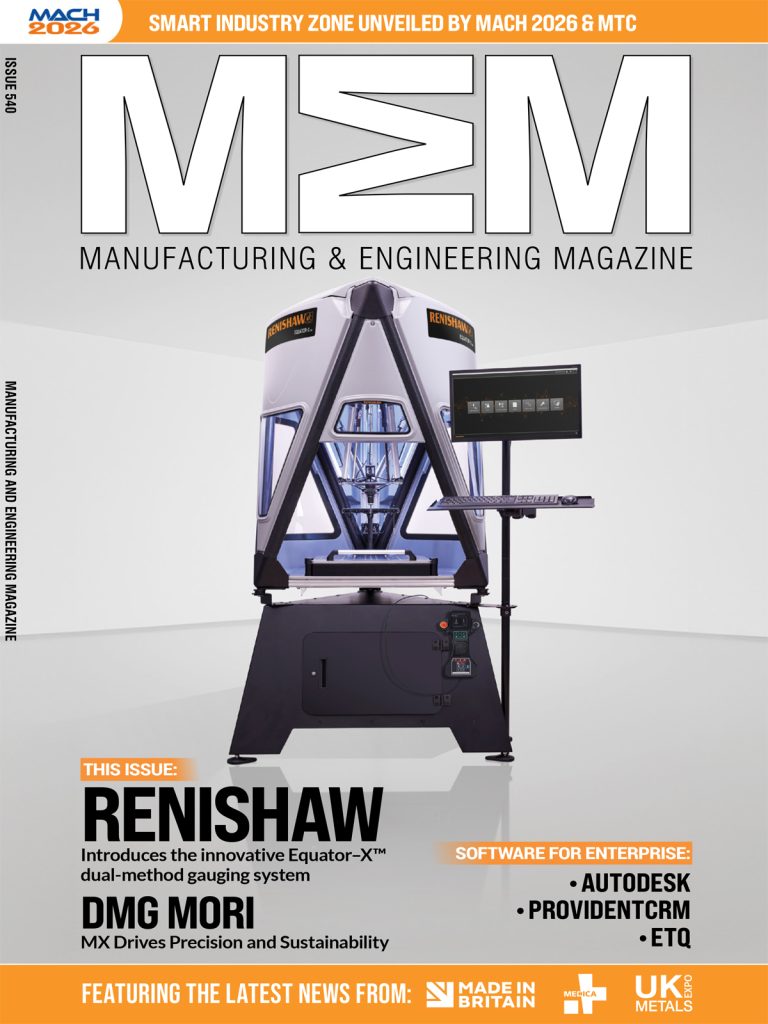The journey from hand packing to full automation may seem daunting, especially if you’re unfamiliar with the ins and outs of automated systems. 31% of businesses have already fully automated at least one function (LinkedIn), but many are still hesitant, assuming that automation implementation is complex and confusing.
However, gradually implementing automation over a set period can simplify your operations and create ongoing cost savings. By switching from manual processes to semi-automatic, to full automation, you can gradually embrace automation while ensuring your operations remain efficient. We’re here to demystify and simplify the journey from hand packing to automation implementation to help you grow your business.
Key steps to effective packaging automation
- Understand your manual packaging pain points – Whether you’re struggling with recruitment or output inefficiencies, automation can help you overcome these challenges. Implementing the right automated systems can streamline processes, increase productivity and reduce costs.
- Work with a reputable automated packaging equipment supplier – The best suppliers will offer a full-service package, including packaging and machinery. They’ll visit your business, assess your operations, and ensure your equipment and materials are optimised to meet your needs, driving efficiency and results. Not only does a good supplier handle installation and training, but they will also provide ongoing service support.
- Invest in your future automated packaging success – Packaging automation is a long-term investment into your business’ growth and success. It leads to improved output, greater efficiency and reduced operational costs. Plus, it allows you to deliver exactly what your customers want in terms of product quality and packaging, driving higher sales and boosting profits.
Discover how we partnered with online fashion retailer Oh Polly to streamline operations by transitioning from manual box assembly to an impressive 24 boxes per minute here.
Packaging automation reduces labour costs
Packaging automation brings significant labour and time savings by reducing the need for manual packaging on the factory floor. Unlike humans, automatic packaging machines can operate continuously without needing breaks, resulting in a constant production flow. This not only increases productivity but also leads to substantial cost savings by reducing the number of employees needed to manage routine tasks. In fact, 31% of business leaders report reduced labour costs due to process automation (KRC Research).
Meet changing retailer specifications and demands
Retailers increasingly demand packaging that aligns with their specific requirements, especially with shelf-ready packaging, smaller packs and optimising the available space in shops and warehouses. 50% of businesses believe automation reduces or eliminates the chances of human error (KRC Research). Automated packaging offers uniformity, reduces manual handling, improves shelf presentation and speeds up the entire process. Meeting these packaging demands satisfies retailers and makes your business more appealing to partner with.
Implementation of different pack sizes is quick and easy
Automation enables you to quickly change packaging formats, including pack sizes and product orientations. For example, going from a packed flat orientation to a standing orientation at a moment’s notice. This minimises downtime and maximises efficiency, allowing faster production runs and greater responsiveness to market trends. You can quickly adapt to changing retailer demands, without compromising output or quality.
Automated packaging leads to greater efficiency
80% of businesses in the UK have found it difficult to fill jobs, a figure that has more than doubled since 2019 (CIPD). With many businesses struggling to recruit enough staff to pack products effectively, productivity has taken a hit. However, robotic packaging systems provide a reliable solution by enabling 24/7 production. Automated systems ensure consistent output, helping businesses to maintain productivity, even during labour shortages. Automated packaging equipment allows you to achieve higher operating speeds, boosting line efficiency and output. Unlike manual packing, which can be slowed down by staffing issues, automation keeps your production running smoothly and at top speed.
Robotic packaging systems future-proof businesses
88% of small business owners say automation allows their company to compete with larger companies, which is key if you want to future-proof your operations (Zapier). By automating packaging and production, you can reduce labour costs and errors, leading to greater efficiency and output. As automated packaging equipment comes with full-service offerings that include ongoing support, automated systems always run at peak performance. That supports your business operations and growth, helping you to stay competitive.
Automation leads to fewer materials being wasted
Material savings are a key benefit of automated packaging. Whereas hand packing often relies on complex lock-forming elements or tape – which take extra time to erect and apply – machinery is more efficient and cost-effective. Automated packaging systems can reduce the amount of corrugated board needed by creating simpler, more compact packaging solutions. By opting for a full corrugated design and machinery offering, you can ensure that your packaging is optimised for performance, without spending money and resources on materials that will end up as waste.
There are several benefits of switching from hand packing to automated packaging, and our experts at Smurfit Westrock Machine Systems are here to help you at every step. Get in touch with our knowledgeable team to find out more.
Manufacturing & Engineering Magazine | The Home of Manufacturing Industry News




